By Christopher Miskimon
English King Aethelred wanted London back. He lost it in February 1014 to Svein Forkbeard, the Danish ruler. Svein died not long after taking the city, however, so Aethelred chose to try and retake the city from the Danes who still occupied it. The biggest obstacle to his plan was London Bridge. The bridge was stout, made of wood on piles driven into the river bottom. Large for the time, two wagons could cross side by side. It was an important symbol, crossing the Thames to connect the north and south of England.

Taking the bridge would be no easy task. After taking the city the Danes reinforced the bridge’s defenses with towers, parapets and barricades. A walled fortification known as a burh protected the northern end of the bridge while a trading place called a Sudvirke sat at the southern end. At the Sudvirke the Danes dug a moat and used the soil to make an embankment which they topped with stone and timber. Such a defense would be difficult for any army of the period to breach, even with siege weapons. The bridge had to be taken or destroyed, however, since it allowed the Danes to move quickly across if King Aethelred’s army moved downriver to cross. Scouts would inform of any such movement.
The first attempt to take London Bridge ended in failure for Aethelred. The Danes put up a spirited defense and the fighting was heavy. Archaeologists have discovered axes, spearheads and even a grappling iron from the riverbed around where the bridge stood, attesting to the ferocity of the battle. At the end, the Danes still held the bridge.
Olaf Haraldsson, also known as Olaf the Stout, fought on the English side, now stepped forward with a plan to destroy the bridge. Not far downstream lay an abandoned village. Olaf had the thatched roofs taken from the huts in the village and placed atop his fleet of longships. This provided cover against Danish arrows. The fleet rowed downstream and attacked the bridge. The Danes shot arrows at the approaching ships when they came into range, but the missiles could not penetrate the thatching.
The Danes had some catapults and ballistae; those took a toll on the English force, causing some of them to retreat. Olaf and his men went ahead, rowing under the bridge and attached grappling hooks and ropes to the bridge’s pilings and supports. Afterward the rowed hard downstream, pulling at the bridge, The Danes attacked with every ranged weapon they had, but Olaf and his men remained at their task until finally the pilings gave way. The bridge was heavy with men, and the piles of rocks and weapons for the battle. It soon fell into the Thames, taking many men into the water with it. Others retreated into the city or fled south. Aethelred could now move his troops across at will and they moved to surround London. Soon the city surrendered and Aethelred was their King again.
 The years 1000—1066 were full of battles, intrigues, betrayals and divided loyalties. The destruction of London Bridge is just one example of the events which took place. The reader gains an intimate knowledge of the period through Battle for the Island Kingdom: England’s Destiny 1000–1066 (Don Holloway, Osprey Publishing, Oxford UK, 2023, 432 pp., photographs, bibliography, index, $30, HC)
The years 1000—1066 were full of battles, intrigues, betrayals and divided loyalties. The destruction of London Bridge is just one example of the events which took place. The reader gains an intimate knowledge of the period through Battle for the Island Kingdom: England’s Destiny 1000–1066 (Don Holloway, Osprey Publishing, Oxford UK, 2023, 432 pp., photographs, bibliography, index, $30, HC)
The six decades that marked the 11th Century before the Battle of Hastings saw Anglo-Saxons, Normans and Vikings all struggling for control of the island that would one day become England. In his latest work on this era, the author brings this period to vivid life through engaging prose, a coherent narrative and a mind for the most minute yet interesting detail. The references from relevant source material are plentiful but do not bog down the storytelling. This book is lively and easy to read. Most readers know about the Battle of Hastings and its outcome and while this book informs on that event, fewer know about the events leading up to it, but this work delivers that to the reader as well.
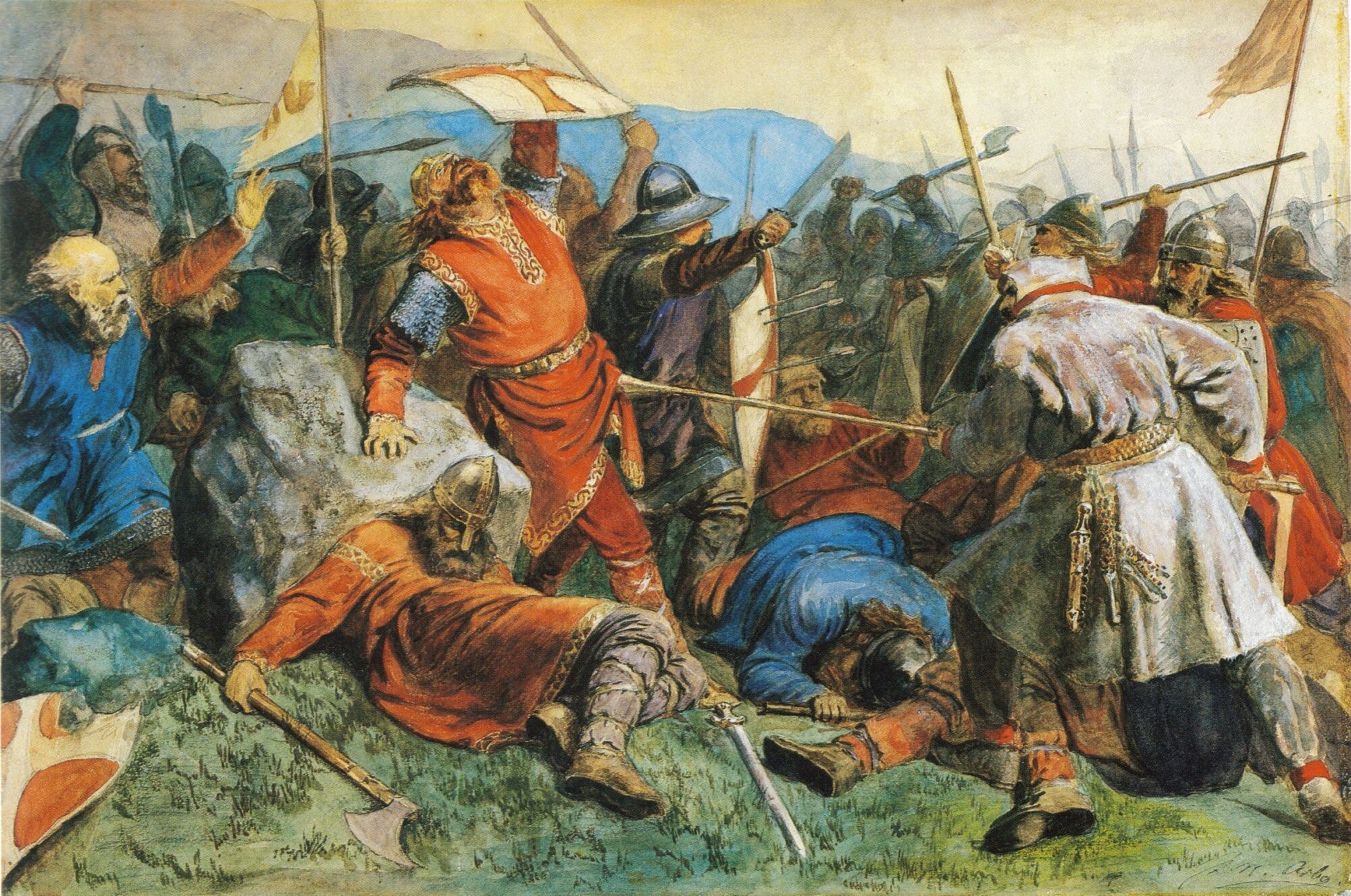
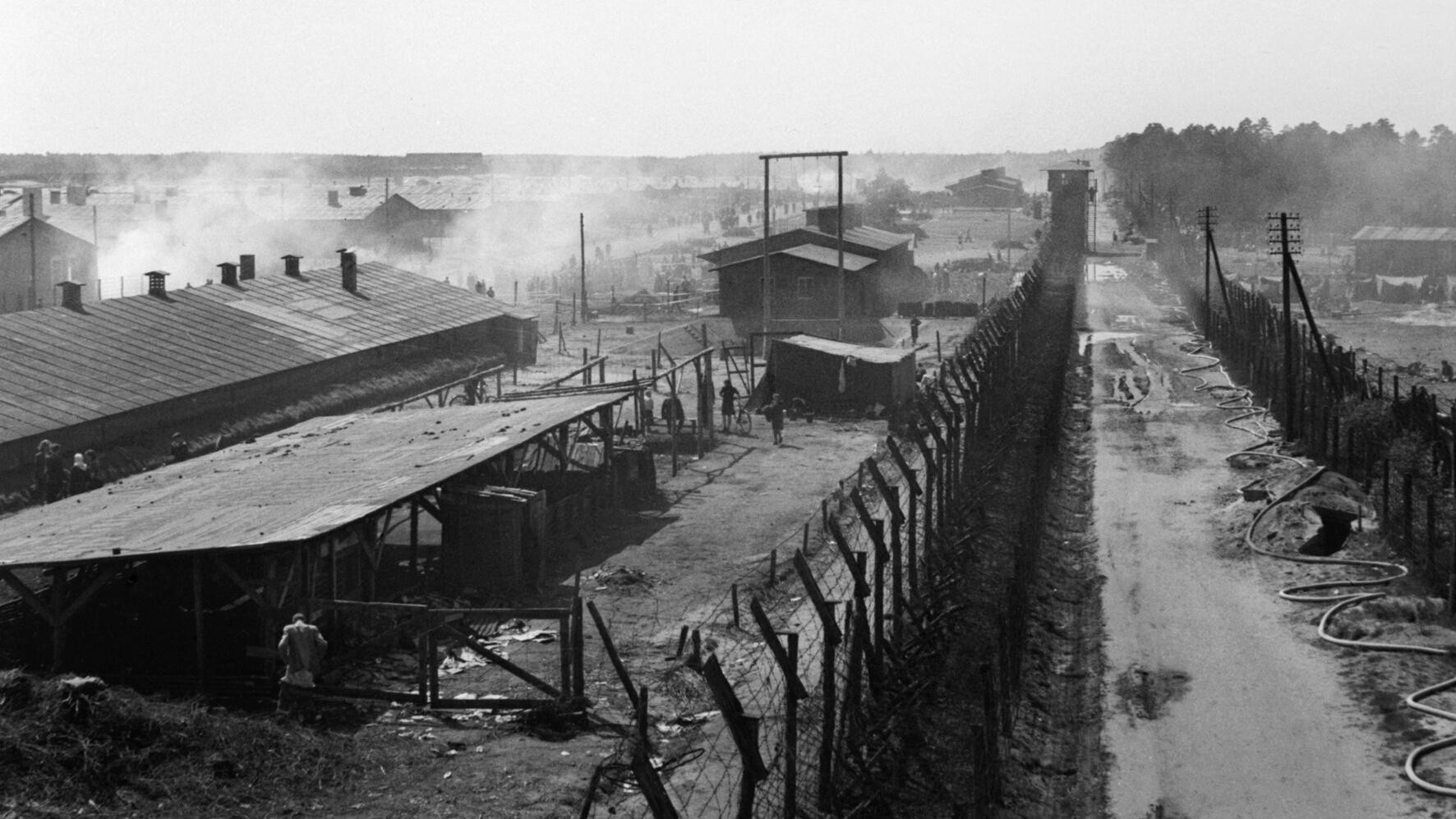
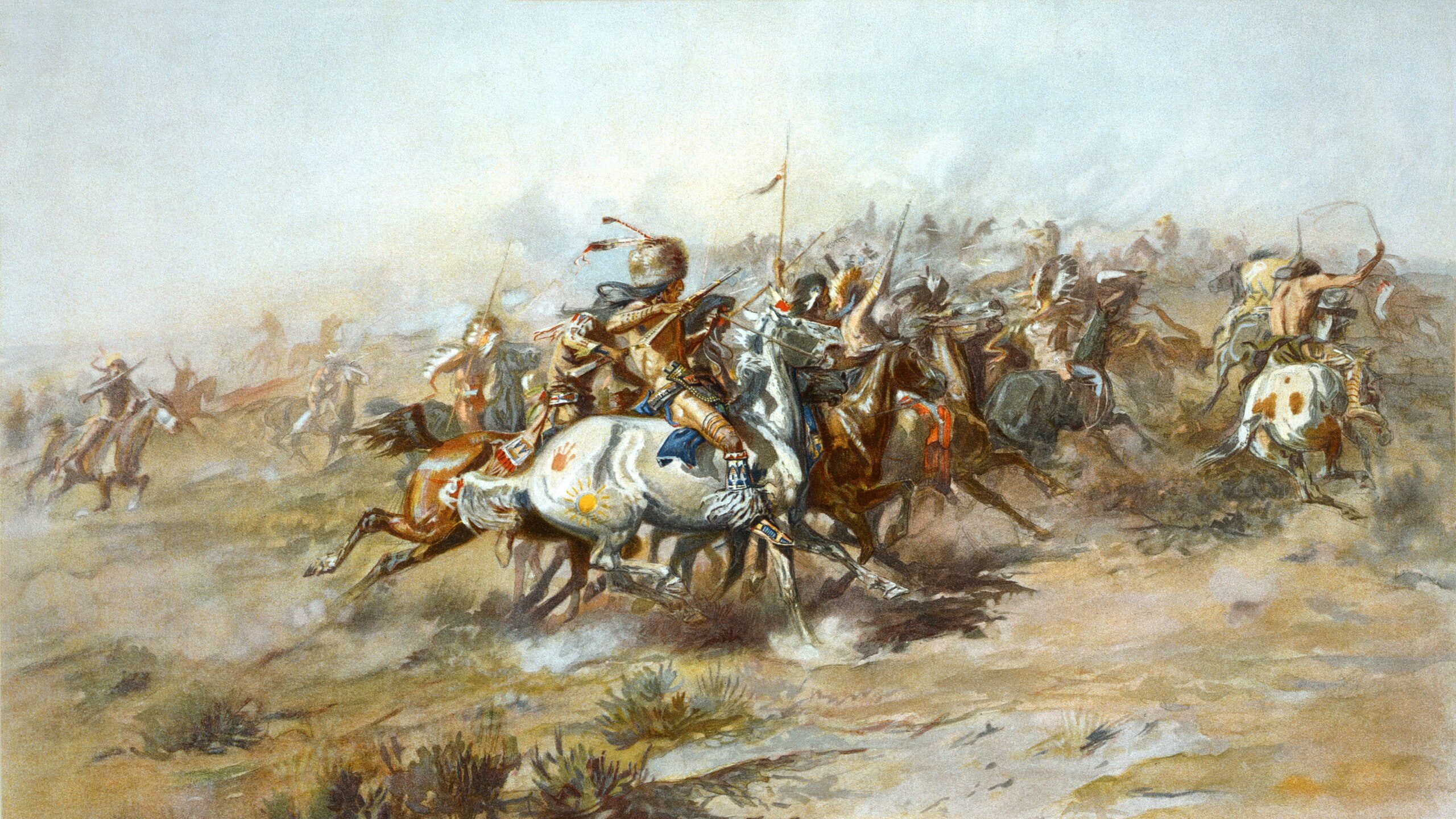


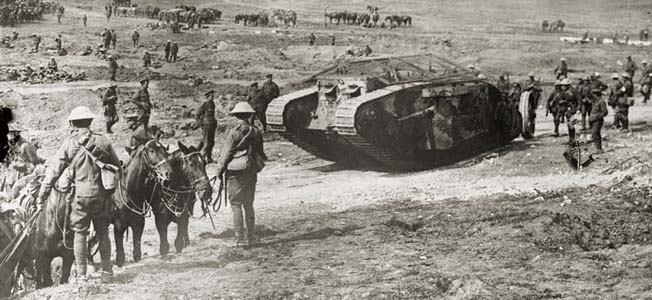
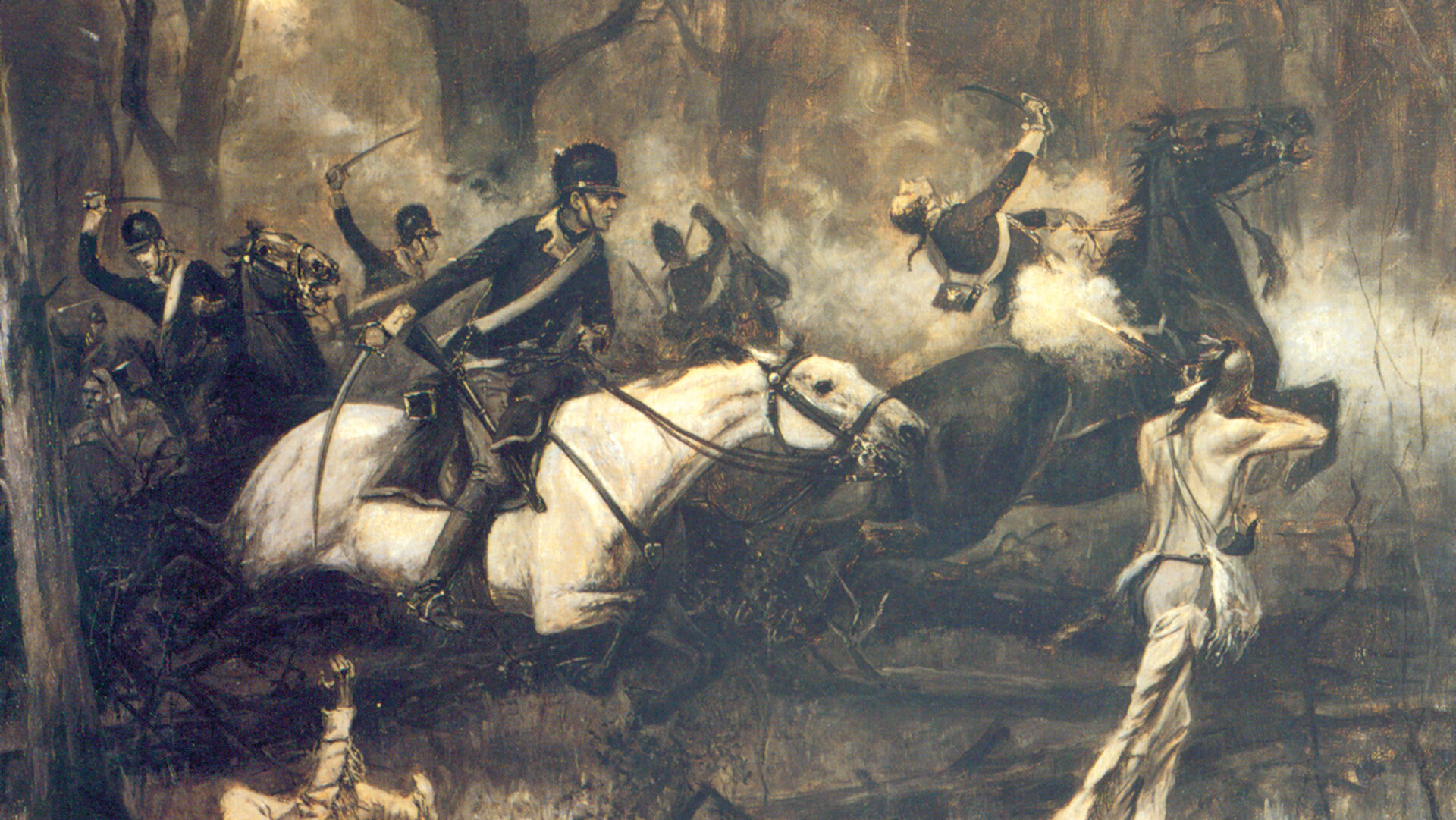
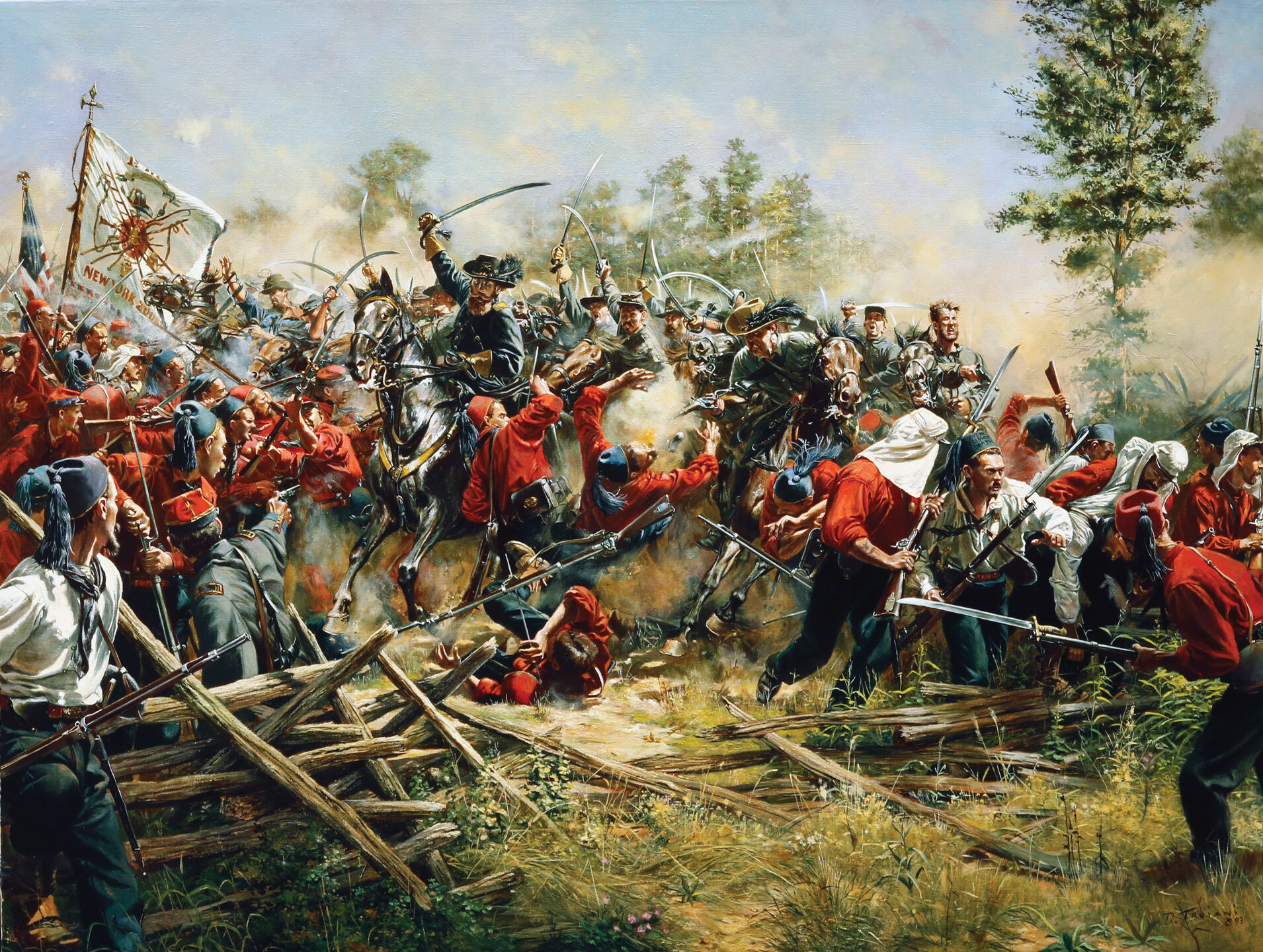
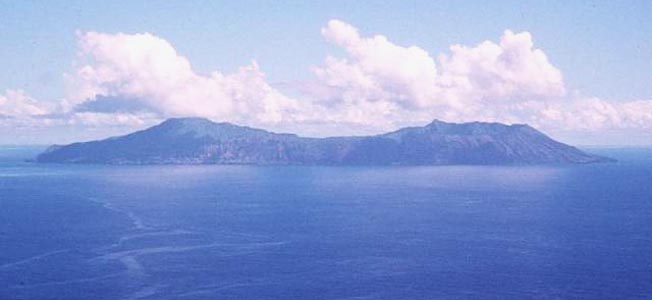
Join The Conversation
Comments
View All Comments